Should I skim coat the old plaster or put on new drywall?
sarany
15 years ago
Featured Answer
Comments (40)
housekeeping
15 years agoRelated Professionals
Grafton Kitchen & Bathroom Designers · Newington Kitchen & Bathroom Designers · Ridgefield Kitchen & Bathroom Designers · Bay Shore Kitchen & Bathroom Remodelers · Allouez Kitchen & Bathroom Remodelers · Andover Kitchen & Bathroom Remodelers · Brentwood Kitchen & Bathroom Remodelers · Deerfield Beach Kitchen & Bathroom Remodelers · Fairland Kitchen & Bathroom Remodelers · Southampton Kitchen & Bathroom Remodelers · Princeton Kitchen & Bathroom Remodelers · Fayetteville Architects & Building Designers · Four Corners Architects & Building Designers · Henderson Architects & Building Designers · Panama City Beach Architects & Building DesignersChristopher Nelson Wallcovering and Painting
15 years agosarany
15 years agolindac
15 years agoallison1888
15 years agoSaintPFLA
15 years agoemstanto
15 years agobrickeyee
15 years agojennyjkerr
15 years agosacto_diane
15 years agojennyjkerr
15 years agocalliope
15 years agojennyjkerr
15 years agola_koala
15 years agojennyjkerr
15 years agobrickeyee
15 years agocalliope
15 years agola_koala
15 years agobrickeyee
15 years agocalliope
15 years agobuddy1114
15 years agojcin_los_angeles
15 years agobrickeyee
15 years agomom2lilenj
15 years agosombreuil_mongrel
15 years agobrickeyee
15 years agomom2lilenj
15 years agotryinbrian
15 years agosombreuil_mongrel
15 years agobrickeyee
15 years agotryinbrian
15 years agohazeldee
8 years agolast modified: 8 years agoDenise Book Kissel
7 years agoDebbie Downer
7 years agoJoanne Wright
5 years agoEve Wolf
2 years agolast modified: 2 years agoKristine Therian
last yearjregan4148
last yearlast modified: last yearDebbie Downer
last year
Related Stories
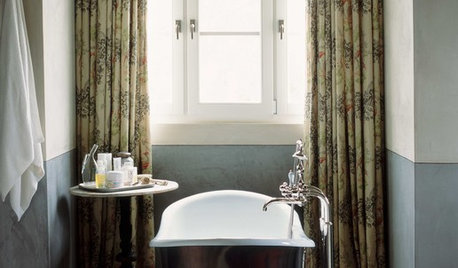
WALL TREATMENTSSurface Smarts: Venetian Plaster
Centuries-old Venetian plaster has made a roaring comeback in modern interiors. Could this old-world wall favorite work in your home?
Full Story
MATERIALSRaw Materials Revealed: Drywall Basics
Learn about the different sizes and types of this construction material for walls, plus which kinds work best for which rooms
Full Story
HOUSEKEEPINGQuick Fix: How to Patch a Drywall Hole
Dents and dings disappear, leaving your walls looking brand new, with this fix that even a novice can do
Full Story
GARAGESHouzz Call: How Do You Put Your Garage to Work for Your Home?
Cars, storage, crafts, relaxing ... all of the above? Upload a photo of your garage and tell us how it performs as a workhorse
Full Story
DECORATING GUIDES23 Ways to Put Your Home in Hipster City
Be one of the cool kids no matter what your age, with these tips for giving your home a creative, colorful or edgy vibe
Full Story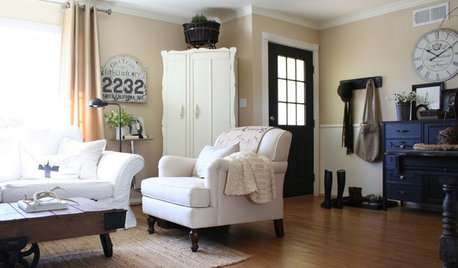
ENTRYWAYSHow to Make the Most of Your Entry (No Coat Closet Required)
A well-designed foyer offers storage, seating and other features to help you get out the door on time and looking good
Full Story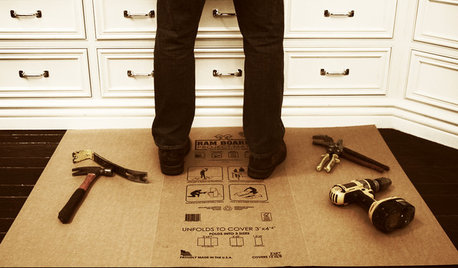
BATHROOM DESIGNOut With the Old Tile: 8 Steps to Prep for Demolition
This isn't a light DIY project: You'll need heavy-duty tools and plenty of protection for your home and yourself
Full Story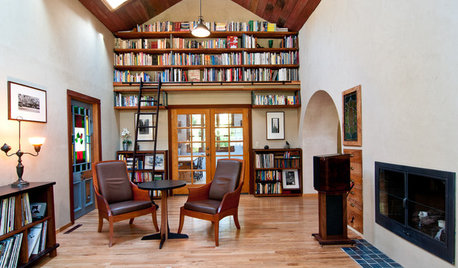
HOUZZ TOURSMy Houzz: Old-World European Flair in Oregon
Custom woodwork, stained glass and Arts and Crafts touches create warm, earthy interiors in a ranch-style home
Full Story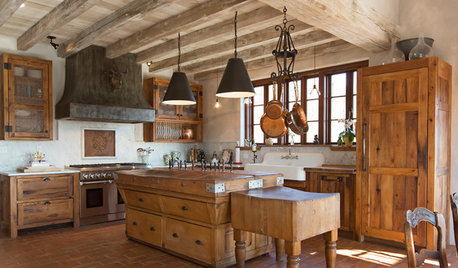
RUSTIC STYLEKitchen of the Week: Found Objects and Old Italian Farmhouse Charm
A homeowner and her cabinetmaker create a personal version of European-inspired comfort and simplicity
Full Story
REMODELING GUIDESThe Hidden Problems in Old Houses
Before snatching up an old home, get to know what you’re in for by understanding the potential horrors that lurk below the surface
Full Story








calliope